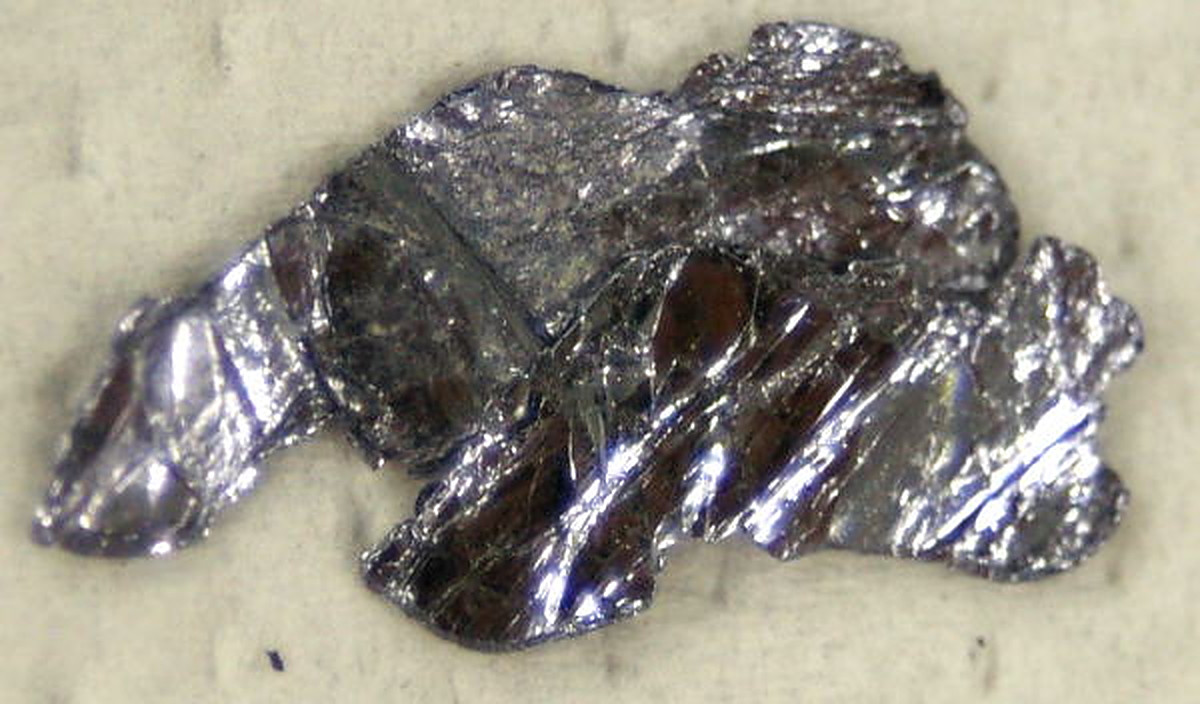From pv magazine USA
Most solar panels are made from silicon, a well-tested semiconductor material that is not without limitations. For example, silicon loses up to 40% of the energy it collects from sunlight in the form of heat waste. Researchers at Colorado State University are studying radical new ways to improve solar power and provide more options for the future.
Colorado State University chemists are proposing to make solar cells using an abundantly available natural material called molybdenum disulfide. Using a combination of photoelectrochemical and spectroscopic techniques, the researchers conducted a series of experiments showing that extremely thin films of molybdenum disulfide display unprecedented charge carrier properties that could someday drastically improve solar technologies.
The experiments were led by chemistry Ph.D. student Rachelle Austin and postdoctoral researcher Yusef Farah. Austin works jointly in the labs of Justin Sambur, associate professor in the Department of Chemistry, and Amber Krummel, associate professor in the same department. Farah is a former Ph.D. student in Krummel’s lab. Their work is published in Proceedings of the National Academy of Sciences.
Sambur’s lab became interested in molybdenum sulfide as a possible alternative solar material based on preliminary data on its light absorption capabilities even when only three atoms thick, explained Austin.
The collaboration made use of Sambur’s expertise in solar energy conversion using nanoscale materials, and Krummel’s expertise in ultrafast laser spectroscopy, both of which helped them understand how different materials are structured and how they behave.
Krummel’s lab contains a state-of-the-art ultrafast pump-probe transient absorption spectrometer that can very precisely measure the sequential energy states of individual electrons as they are excited with a laser pulse. Experiments using this spectrometer can provide snapshots of how charges flow in a system.
Austin created a photoelectrochemical cell using a single atomic layer of molybdenum sulfide, and she and Farah used the pump-probe laser to track the cooling of electrons as they moved through the material. What they found was astoundingly efficient light-to-energy conversion. More importantly, the laser spectroscopy experiments enabled them to show why this efficient conversion was possible.
What they learned was that the material could convert light to energy so well because its crystal structure allows it to extract and exploit the energy of so-called hot carriers, which are highly energetic electrons that are briefly excited from their ground states when hit with enough visible light. The researchers found that in their photoelectrochemical cell, the energy from these hot carriers was immediately converted into photocurrent, as opposed to being lost as heat, which gave it an advantage over conventional silicon solar cells.
“This work paves the way for knowing how to design reactors that contain these nanoscale materials for efficient and large-scale hydrogen production,” Sambur said.
The project was a collaboration with Professor Andrés Montoya-Castillo and Dr. Thomas Sayer of University of Colorado Boulder, who contributed theoretical chemistry and computational modeling to help explain and verify the experimental data.
“The discovery required a ‘team science’ approach that brought together many different types of expertise, in computational, analytical and physical chemistry,” Krummel said.
This content is protected by copyright and may not be reused. If you want to cooperate with us and would like to reuse some of our content, please contact: editors@pv-magazine.com.




1 comment
By submitting this form you agree to pv magazine using your data for the purposes of publishing your comment.
Your personal data will only be disclosed or otherwise transmitted to third parties for the purposes of spam filtering or if this is necessary for technical maintenance of the website. Any other transfer to third parties will not take place unless this is justified on the basis of applicable data protection regulations or if pv magazine is legally obliged to do so.
You may revoke this consent at any time with effect for the future, in which case your personal data will be deleted immediately. Otherwise, your data will be deleted if pv magazine has processed your request or the purpose of data storage is fulfilled.
Further information on data privacy can be found in our Data Protection Policy.